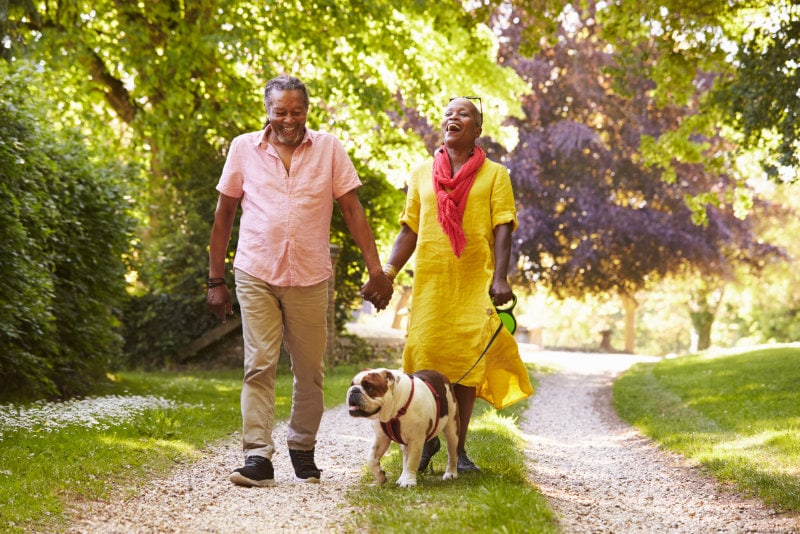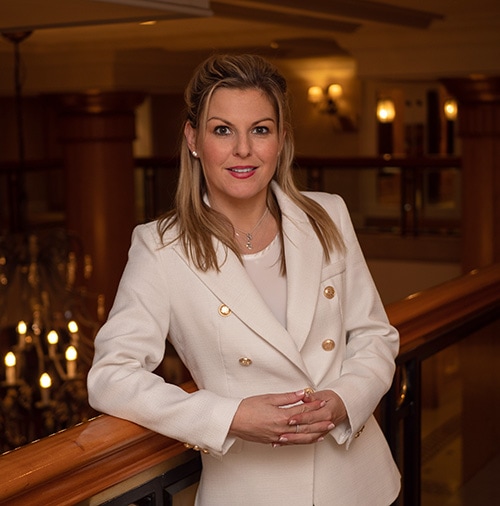Why it’s time to say goodbye to hearing aids and mobility scooters.
A quick channel hop through afternoon TV would suggest that marketing to the over-65s is all recliner chairs and comfy footwear.
Images of comfort and relaxation prevail. Advertisements for mobility aids and funeral plans dominate. It would appear to advertisers that life takes on a considerably slower pace in your seventh decade.
However, with people living longer, and a growing interest in fitness and health, age is just a number for those of more mature years. The onset of the ‘third age’ is a period filled with opportunity and adventure, with property investments and healthy pensions, meaning they have greater spending power than younger generations.
With Baby Boomers (those born between 1945 and 1964) accounting for over 20% of the UK population (only marginally behind Millennials in numbers), successfully engaging with this thriving and prosperous cohort requires us to redefine what connecting with older consumers really means.
A hunger for adventure
Given the zest for life seen among the older generation, brands need to recognise life in later years is not all crosswords and Countdown.
With access to funds and a yearning for new experiences, adventure tourism is a growing market for the older generations. There is the desire to be more experiential, and this extends beyond travel. They have a thirst for life experiences not seen in younger people.
Increasingly, older adults are tapping into their expertise and knowledge by looking to embark on a second career in later life, and learning and development are high on their agenda. And with baby boomers twice as likely to launch a new business compared to millennials, their entrepreneurial spirit is evidenced as they pursue lifelong passions or leverage their experience by embarking on new ventures well past what would typically be considered retirement age.
Health, wellness and fitness are a priority.
According to the 2021 Census, there are over 11 million people aged 65 and over in the UK, and this is expected to increase to over 13 million or 22% of the population within the next ten years. With more people living longer, there is an increased appetite to approach later years fit, active, and healthy, fuelled by the desire to maintain independence for as long as possible.
The Health and Fitness Journal surveyed more than 4,500 health and fitness professionals at the end of 2022, and they predicted that ‘fitness programs for older adults’ would be one of the top 20 worldwide fitness trends for 2023. The growing popularity of wellness practices has resulted in a wide range of resources and programs targeted specifically at those in their later years.
This includes senior-friendly exercise classes, wellness retreats, and online resources to meet the increased desire of older adults to adopt healthy habits to support their physical, mental, and emotional well-being.
The importance of social connection
With loneliness among older people a widely documented problem, social interaction is a priority for those in or approaching retirement.
The desire to connect face-to-face is paramount for a generation that grew up without the ‘everything now’ mentality fuelled by the internet. This is also reflected in how older people wish to connect, and brands that support human interaction are highly valued.
Easy access to responsive and knowledgeable customer service channels is a key factor in purchase decisions, as older adults seek meaningful and authentic connections that extend beyond their keyboard.
An integrated marketing approach
Baby boomers may be slower in their adoption of technology compared to digital natives but digital channels should not be overlooked as part of the marketing mix.
While the quick-paced ephemeral nature of TikTok and Instagram may not appeal, Facebook and Twitter can prove powerful when looking to connect with seniors. It is reported that 82.3% of baby boomers belong to at least one social media site (Source DMN3) with Facebook unsurprisingly being the most popular.
It’s also worth noting that purchase and lifestyle decisions in older age are often made in collaboration with younger family members, therefore a presence on digital platforms is an essential part of the marketing mix to access and influence this demographic.
Older adults also unsurprisingly have a connection to the more traditional channels of the pre-internet age, such as print, radio and display advertising all of which can prove powerful when looking to optimise awareness and influence.
With this in mind, successful marketing strategies should embrace a multi-channel approach, ensuring reach is amplified by combining traditional media with digital platforms such as websites, email marketing and social media channels.
Values that resonate with older people
Building connection requires brands to demonstrate and embrace values that resonate with their audience.
For older people, trust is high on the list, with recommendations, positive reviews and testimonials all helping build brand confidence. Social proof is powerful with the older cohort. In a world awash with intrusive marketing messages, older people value personalisation in their communications and feeling appreciated as a customer.
They align with brands that stay true to their core values and are genuine and authentic in their messaging, products, and overall brand experience.
Avoid outdated stereotypes
A 2021 AARP survey showed most consumers over 50 were disheartened by advertising today.
Some 62 percent agreed that ‘I wish ads had more realistic images of people my age,’ while nearly half added that ‘ads of people my age reinforce outdated stereotypes.’ Respondents felt that older people are typically represented as doddery, frail and vulnerable, which is both alienating and patronising.
Marketers need to wake up to the damaging impact that these archaic stereotypes have on their brands.
Marketing shouldn’t ignore the challenges that older years can bring, but it should also include the opportunities and positive experiences that older adults, now fitter and with greater spending power than ever before, can look forward to.
Conclusion
Outdated stereotypes in marketing means the 15.5 million individuals in the UK who are 65 years old or older are at risk of feeling overlooked or misrepresented.
To bridge this gap, brands need to present a more inclusive and authentic depiction of ageing – one that recognises both the positives and potential of life in later years. They must actively demonstrate values that resonate with older people – trust, personalisation, and human connection. And they need to look to integrated marketing strategies where traditional channels complement a digital presence.
Only by doing this, can brands genuinely connect and engage with the older generation.




